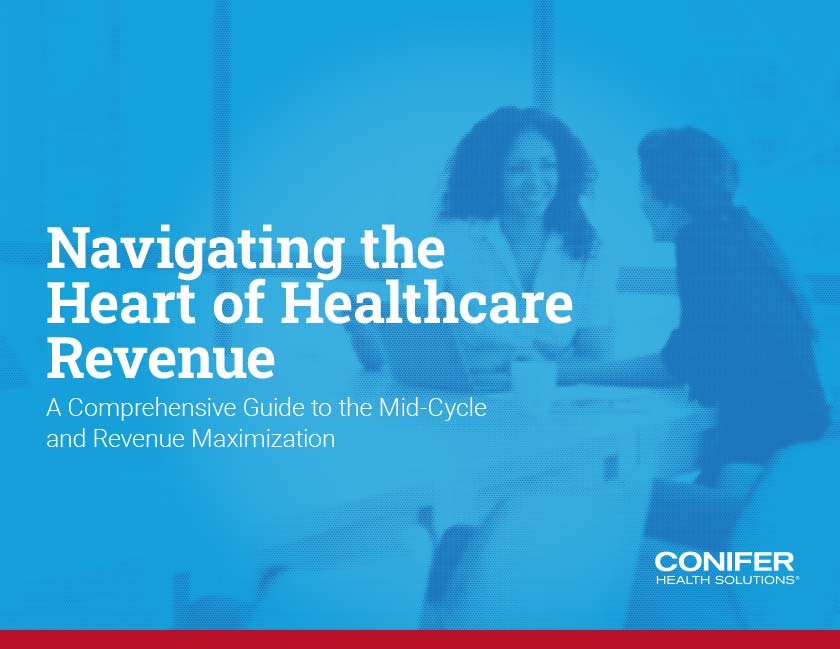CHAPTER 1
Clinical Documentation Integrity (CDI)
CHAPTER 1
Clinical Documentation Integrity (CDI)
Successful CDI programs rely on accurate, consistent, and timely physician documentation to improve the quality of patient care and enhance communication among all healthcare providers. Without a well-established CDI program, physician quality profiles may not reflect the actual severity of their patients’ conditions, negatively impacting cash flow and potentially jeopardizing an organization’s reputation.
“The convergence of clinical care, documentation, and coding processes is vital to appropriate reimbursement, accurate quality scores, and informed decision-making to support high-quality patient care.”1
The High Cost of No-Shows
When patients miss an appointment, it not only frustrates the provider but can also frustrate the patient, especially when the patient has waited months to get the appointment—something that is all too common in today’s healthcare environment. Patients miss appointments for many reasons, from costs to fear to last-minute scheduling conflicts. But, often, they miss the appointment because they simply forgot.
Enhanced outcomes and
quality reporting
Improved financial
performance
Positive brand awareness and reputation management
Enhanced ability to attract and retain top talent
Developing and implementing an effective CDI program should begin by educating clinical teams, coders, and physicians. Each must understand how their attention to detail and accuracy impact documentation quality, compliance, reporting, outcomes, revenue, and brand reputation.
To ensure continuous improvement, organizations should establish meaningful benchmarks.
The CDI program should include regular review of documentation from actual encounters, key performance indicators, and industry benchmarks.2 Registered nurses, physician champions, or seasoned coders adept at clinical documentation are excellent choices for leading the reviews. They should act as regulatory specialists, working alongside the organization’s compliance team, monitoring regulatory changes, and tracking payer updates.
To ensure continuous improvement, organizations should establish meaningful benchmarks. These should include chart review rate, query review rate, severity impact, severity of illness, and risk of mortality.3 Other metrics to track are provider response rate, provider agree rate, and unable to determine rate.
Conifer Health’s coding and documentation services leverage a comprehensive suite of capabilities for coding, coding quality, charge capture, and clinical documentation—offering opportunities to improve accuracy, decrease denials, and increase productivity.
Conifer Health’s CDI Services Enhance Accuracy and Compliance
Conifer Health’s Clinical Documentation Integrity solution supports critical reporting for clinical quality and accurate and appropriate reimbursement. Conifer can help optimize CDI functions in the revenue cycle to drive better communication, reduce financial risk, and improve quality reporting and effective care. Conifer’s specialty-specific coders and physician-support tools offer distinctive value for physician practices, hospitals, and health systems.

eBook: Navigating the Heart of Healthcare Revenue
A Comprehensive Guide to the Mid-Cycle and Revenue Maximization
This eBook offers an extensive overview of mid-cycle operations within healthcare provider organizations. It emphasizes the critical importance of coding, clinical documentation integrity, revenue integrity, and health information management. The guide underscores that these processes are not isolated but are integral to both the front-end and back-end of the revenue cycle, affecting overall financial health and compliance.